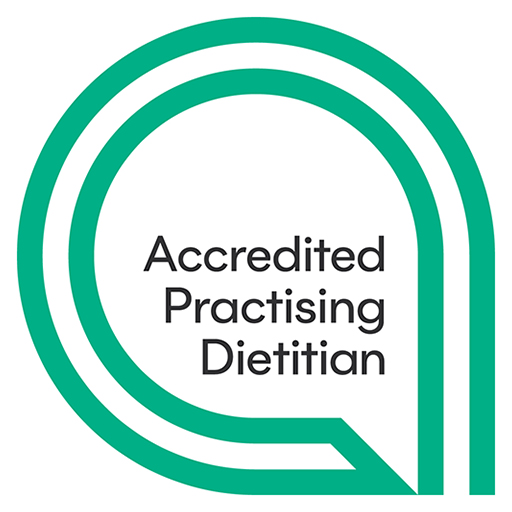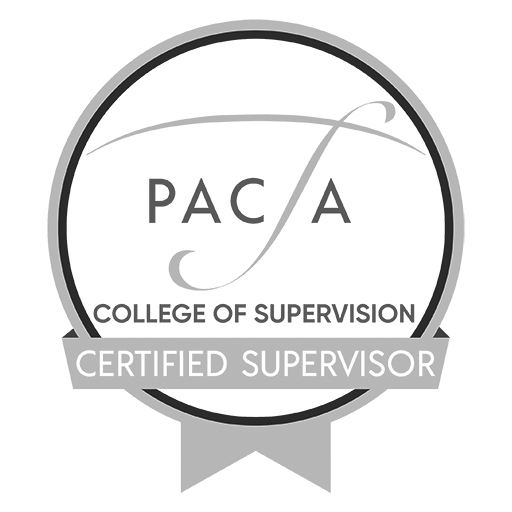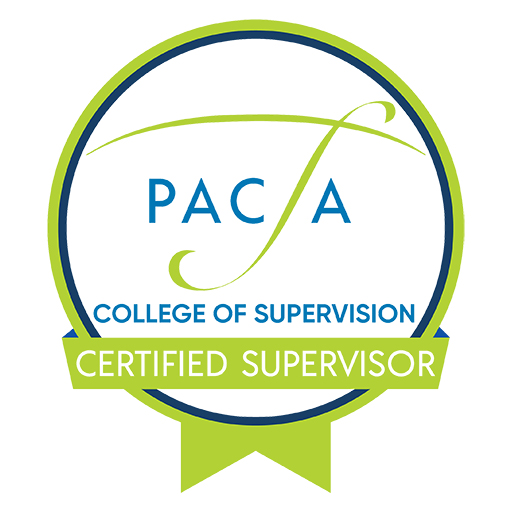This issue is our last for 2016. Keeping with tradition of 2014 & 2015 this edition collates a synopsis of the year’s issues with handy links to each issue’s full editorial and completes with a CPD Quiz. You can buy the quiz to test your knowledge and for APDs – convert your dedicated reading of Practice Pavestones into assessed CPD hours for your APD renewal…..just around the corner.
But I have some sad news folks…………..this will be the last year that the CPD Quiz will be published for subscribers unless there is a big increase in uptake. Do you have APD mates who are struggling to fill their assessed CPD hours for 2016? At $9.95 the 2016 Pavestones Quiz would have to be the most affordable assessed CPD on the market – not to mention fun, useful and super practical.
Please support Pavestones by sending on to APD colleagues who may be looking for great value assessed self-study in this vital area of clinical practice.
Read on to get a great summary of the years content and link to the Quiz…










